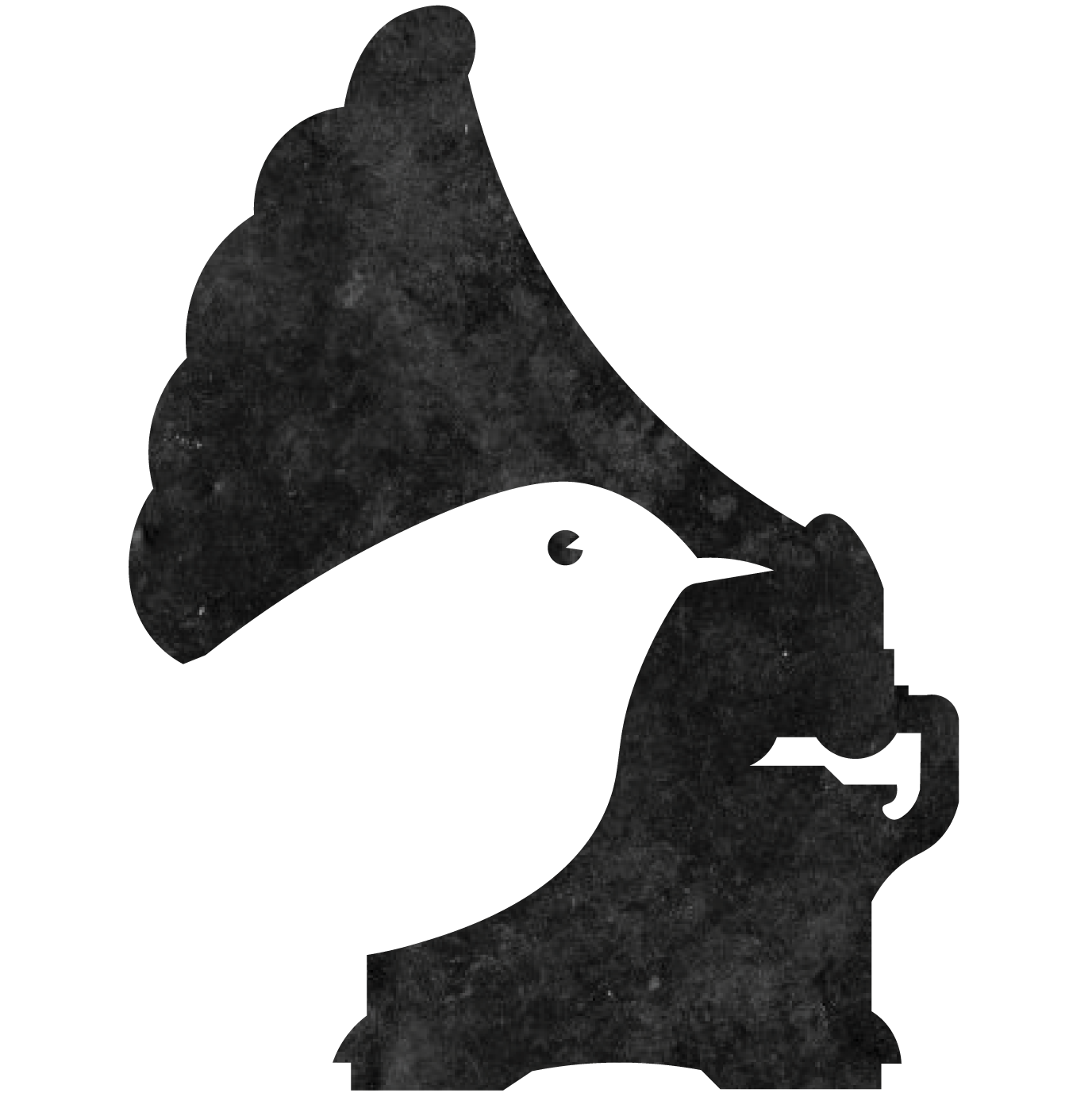Pulling the Sun Down: A Selection of Our Favourite Hybrid Magazines
This year, Half Mystic collaborated with Chill Subs, our go-to writer-centric submission tracking platform and community resource, to publish a list of nine hybrid magazines for the genre rebels among us. These publications laugh in the face of formal rules in pursuit of expansive, engaging art. By bending the edges of “literary” in “literary journal,” hybrid magazines shake up all we thought we knew about craft.
Hybrid writing is future-facing. It’s strange. It’s glam. It’s pulling the sun down and peeling it apart, our fingers deep in white heat, to see what the core is truly made of. Hybridity resists categorisation, embraces ambiguity, and makes the literary world a beautifully stranger place. Genre had to be invented, and it’s high time we start building artistic legacies beyond its walls.
In no particular order, here are nine of Half Mystic’s favourite hybrid magazines, with a little insight on why we love them. Don’t forget to bookmark, rate, and recommend these journals (as well as Half Mystic Journal) on Chill Subs and outside the virtual world!
A Velvet Giant
The fully genreless A Velvet Giant thrives in ambiguity and creates a platform for writers to engage with other works regardless of medium, an act the staff describes as “inherently queer and inherently political.” The journal consistently publishes compelling experimental literature, prioritising pieces with visual and sonic elements.
Honey Literary
Aiming for decolonisation and accessibility, Honey Literary disrupts traditional Western genre boundaries by demonstrating the belief that genre is built by the culture it’s read in. Eight submission categories are currently listed on their website, three of which focus on theme rather than genre.
EDDA
EDDA interacts with genre much like its namesake: medieval Icelandic texts that, despite their later academic labels, were originally categorised as neither poetry nor prose, neither myth nor truth. We doubly appreciate the journal’s commitment to transparency with submitters by clearly listing their response times and acceptance rates on their website.
beestung
This journal publishes tactile, lush writing that strays far from classification. In rejecting binary gender lines in the same breath as rigid genre identifiers throughout their submissions process, beestung allows the writing—not our expectations of it—to speak for itself.
Cobra Milk
The Cobra Club in Brooklyn, NY began hosting Cobra Milk as a reading and music series in 2019, and the event branched into a literary journal during 2020’s pandemic shutdowns. Their online issues still evoke the feeling of sipping a cocktail at a well-curated reading late into the night. Issues average 50 to 55 pieces, offering complex thematic development across a range of multimedia writing, music, and visual art.
OVER/EXPOSED Lit
Launched in 2023 by the University of Victoria’s Graduate Writing Program, OVER/EXPOSED Lit has already blossomed into an electrifying hub for experimental and hybrid work. By providing a preview of the writing or a statement from the visual artist and notes on the best mode and mindset for engaging with each piece, this journal refuses to compromise accessibility in its deviations from academia’s expectedly genre-heavy approach.
Genrepunk Magazine
A name like Genrepunk immediately announces itself as a home for the purposely funky and joyfully unnameable. The magazine publishes work that sits outside of genre and its intersections (the “experimental, multimedia, and/or multi-modal”) on both formal and narrative levels. Uniquely, Genrepunk Magazine also accepts previously-published writing that fits other submission requirements.
petrichor
A deep interest in both visual and somatic forms drives this journal’s written publications. petrichor plays with readers’ structural expectations of a journal issue, including short chapbooks in their pages alongside stand-alone work. Their archive features “half-issues,” where individual pieces are presented as a whole rather than separated by page breaks, as well as themed editions and sequential journal issues. And, in support of the broader literary community, their website links to 24 “kinfolk”—magazines with a similar ethos and aesthetic for interested readers.
FIVES
Videos aren’t printable, which often leads to fewer explorations of this form within the literary community. FIVES, a digital-only companion to Denver Quarterly, seeks to remedy that by exclusively publishing work that cannot exist on the physical page. The journal focuses on sonic, interactive, and video-based writing and art in combination, but also welcomes critical pieces by researchers and academics who feel their expression is limited by the written word alone.

